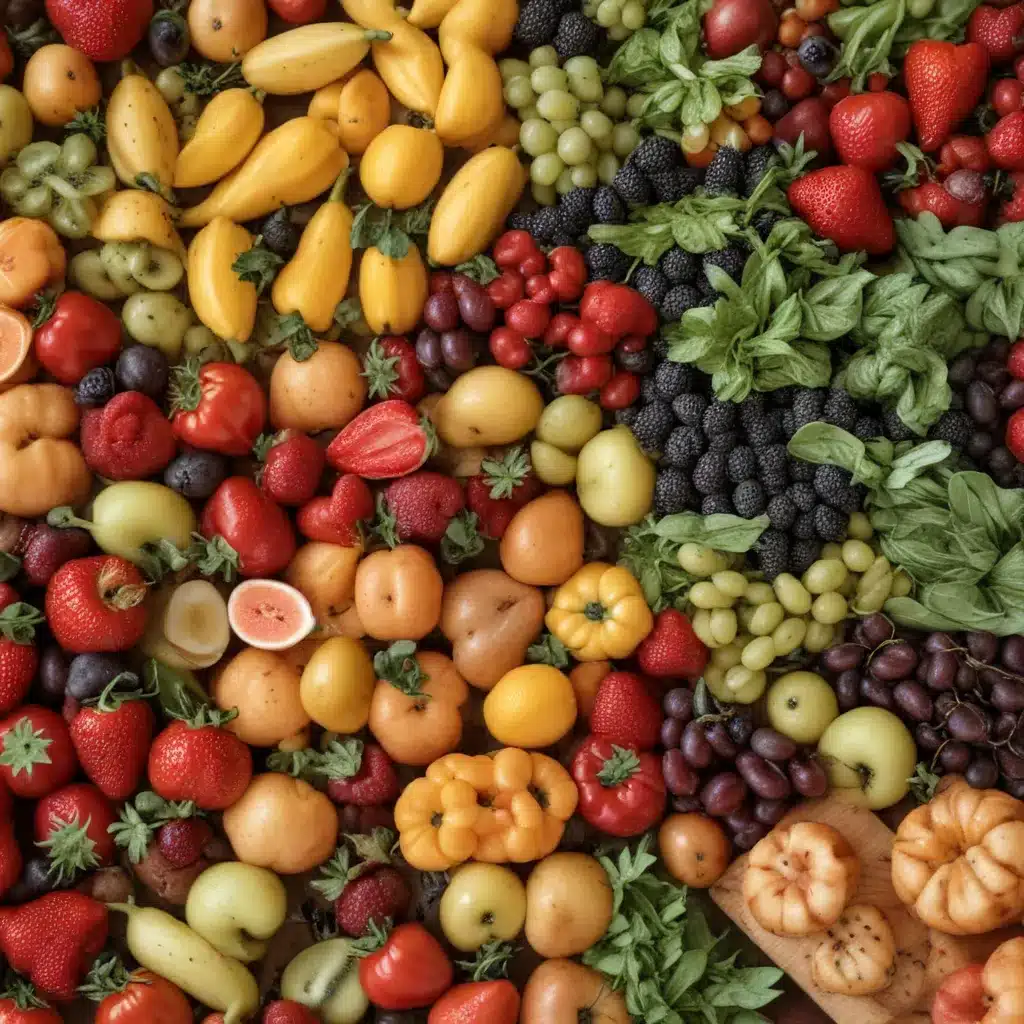
As a seasoned culinary expert with deep roots in California cuisine, I’ve had the privilege of witnessing firsthand how local sourcing can elevate the dining experience. In a world where globalization has made access to ingredients from around the world more convenient than ever, it’s easy to forget the power of what’s grown in our own backyard. But trust me, when you tap into the bounty of local producers, the difference in flavor is nothing short of remarkable.
The Magic of Freshness
One of the most striking benefits of local sourcing is the unparalleled freshness it brings to the table. I recently had the opportunity to work with a renowned chef who specializes in using locally sourced ingredients, and let me tell you, the difference was palpable. The produce we used, whether it was sun-ripened tomatoes or crisp, vibrant greens, had a level of flavor intensity that simply couldn’t be matched by its supermarket counterparts.
Think about it – when an ingredient is harvested mere hours before it reaches your plate, it retains all of its natural juices, oils, and volatile compounds that contribute to its unique taste. Compare that to produce that’s been shipped halfway across the country, often sitting in storage for days or even weeks before it ends up in your kitchen. By the time it reaches you, much of that fresh, unadulterated flavor has been lost.
“Local sourcing significantly cuts food miles. Those are the distances food travels from production to the consumer. This reduces transportation carbon emissions. On average, food sourced from nearby markets travels about 50 miles to reach its destination, in stark contrast to the 1,500 miles or more for its globally sourced counterparts.”
Celebrating Regional Nuances
But the benefits of local sourcing go beyond just freshness – it’s also about celebrating the unique flavors and cultural heritage of a region. I’ve been fortunate enough to work with chefs who have a deep appreciation for the terroir, or the environmental conditions, that give certain ingredients their distinctive character.
Take, for example, the oysters I had the pleasure of shucking and serving at a recent event. These weren’t your typical West Coast bivalves; they were harvested from the pristine waters of Hilton Head Island in South Carolina. The high salinity of the local waters resulted in an intense, briny sweetness that I simply couldn’t replicate with oysters from elsewhere. It was a true taste of the Lowcountry, and I couldn’t help but marvel at how the unique geography of the region had shaped the flavor profile of these remarkable mollusks.
“Local sourcing plays a crucial role in preserving culinary traditions and promoting biodiversity. The culinary industry helps by choosing local and often heirloom produce. This choice maintains crop genetic diversity. This diversity is vital for agriculture’s resilience to pests, diseases, and climate change.”
Building Community Connections
But the benefits of local sourcing extend beyond the plate – it’s also about fostering a stronger connection between the community and the food they consume. When you choose to work with local producers, you’re not just supporting their businesses, but you’re also investing in the fabric of your local economy.
I’ve had the privilege of collaborating with several family-owned and -operated catering companies in the San Leandro area, and the level of care and attention they put into their work is truly remarkable. They understand the preferences and culinary traditions of the local community, and they are deeply invested in providing an exceptional dining experience. By partnering with these businesses, I’ve been able to create events that truly resonate with the guests, as they can taste the passion and commitment that goes into every dish.
“Surveys show that 73% of consumers notice a taste difference in local foods. This leads to more satisfaction and repeat business for places that use local ingredients.”
Overcoming Challenges
Of course, local sourcing is not without its challenges. Seasonal variability, limited product availability, and higher costs can all be obstacles that businesses must navigate. But the savviest culinary professionals have learned to adapt and thrive in this environment.
I’ve seen firsthand how some of the most innovative chefs and caterers in the Bay Area have overcome these challenges through creative menu planning, flexible sourcing strategies, and a willingness to experiment with new ingredients. They understand that the rewards of local sourcing far outweigh the challenges, and they are committed to providing their customers with the best possible dining experience.
The Future of California Cuisine
As the culinary landscape continues to evolve, I believe that local sourcing will only become more important. Consumers are increasingly demanding transparency and authenticity in their food, and they are drawn to businesses that can tell a compelling story about the provenance of their ingredients.
In California, where we are blessed with an abundance of fertile farmland, vibrant producer communities, and a rich culinary heritage, local sourcing has the potential to become the foundation of our regional cuisine. By embracing the flavors of our backyard and celebrating the unique characteristics of our local products, we can create dining experiences that are truly unforgettable.
So, the next time you’re planning a special event or curating a menu, I encourage you to consider the power of local sourcing. Taste the difference for yourself, and let the flavors of your community shine through. After all, some of the most extraordinary culinary adventures can be found right in your own backyard.

